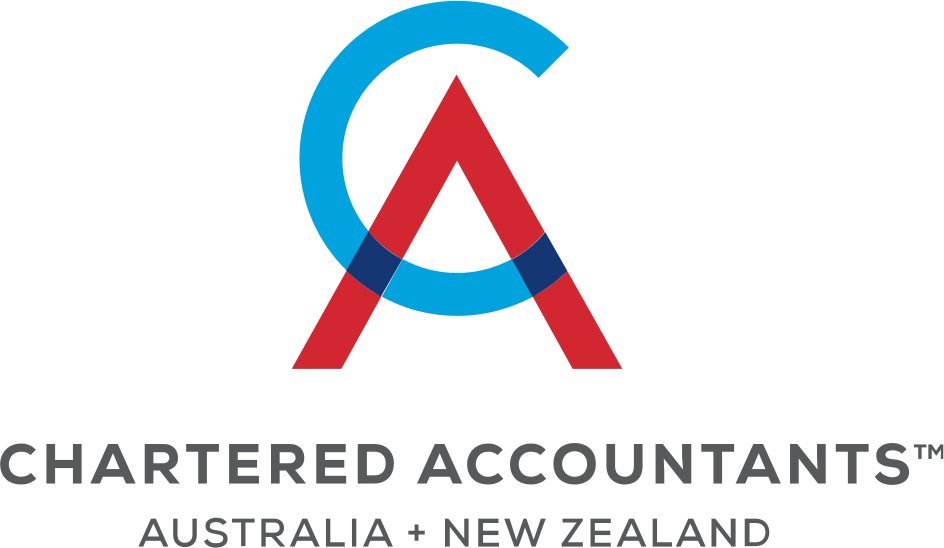Super Guarantee Payments & Your Employees - What You Need To Know
Superannuation payments need to be made to your employees, otherwise, stringent penalties can be implemented that could be financially more devastating to your business than simply paying their super.
Eligible employees must be paid their minimum superannuation of 10.5% of their ordinary time earnings (OTE). By 2025, this is predicted to increase to 12%.
This compulsory payment is called the super guarantee (SG) and is paid at least quarterly.
The current super guarantee percentage is the minimum required by law. You may pay super at a higher rate under an award or agreement.
You must pay the super guarantee charge if you don’t pay the required SG amount by the quarterly due date. This amount will be more than the super you would otherwise have had to pay to your employee and is non-tax-deductible.
To manually work out how much super to pay for a quarter, multiply your employee’s OTE, based on salary and wages paid in the quarter (before tax), by the SG rate. If you’re paying super at a higher rate, use that rate.
Employees who started during the quarter need to have their super worked out based on any salary and wages paid in the quarter.
What Are Ordinary Time Earnings (OTE)?
Ordinary time earnings (OTE) is the gross amount your employees earn for their ordinary hours of work (before tax). It includes
· over-award payments
· commissions
· shift loading
· annual leave loading
· allowances
· Bonuses
Ordinary hours are the normal hours that an employee works, unless their hours are specified in an award or agreement.
In the case of casual employees, where determining the normal hours of work changes per week, the actual hours worked by the employee are their ordinary hours of work.
For contractors paid mainly for their labour, the SG is calculated based on the labour component of the contract.
You must pay super on back pay of OTE amounts, even if the employee no longer works for you. You’ll be liable for the super guarantee charge if you don’t.
Is There A Cap To SG Payments?
You don’t have to pay SG for your employee’s earnings above a certain limit, which is known as the maximum contribution base. This amount is indexed annually. For the 2022-23 income year, this is currently capped at $60,220 per quarter.
When Do I Not Have To Pay Employees The SG?
High-Income Earners Who Opt Out Of Super
You do not have to pay super for high-income earners working for multiple employers who ask you not to pay the super guarantee to them. If this is requested, you must have an SG employer shortfall exemption certificate for the employee (sent by the ATO after the employee has applied to opt-out).
International Workers
You do not have to pay super for:
· non-resident employees who work outside Australia
· some foreign executives who hold certain visas or entry permits
· employees temporarily working in Australia who are covered by a bilateral super agreement – you must keep a copy of the employee’s certificate of coverage to prove the exemption.
If you’re a non-resident employer, you do not have to pay super for resident employees for work they do outside Australia.
Self-Employed
If you’re self-employed as a sole trader or in a partnership, you do not have to pay super guarantee to yourself.
Disclaimer for External Distribution Purposes:
The information contained in this publication is for general information purposes only, professional advice should be obtained before acting on any information contained herein. The receiver of this document accepts that this publication may only be distributed for the purposes previously stipulated and agreed upon at subscription. Neither the publishers nor the distributors can accept any responsibility for loss occasioned to any person as a result of action taken or refrained from in consequence of the contents of this publication.


